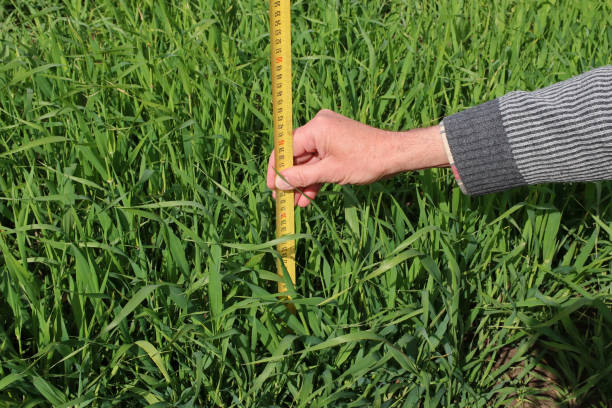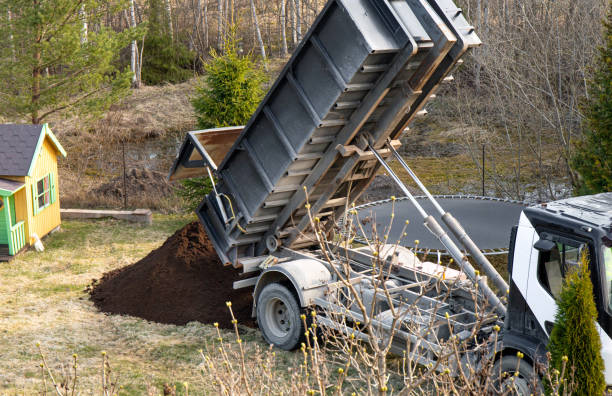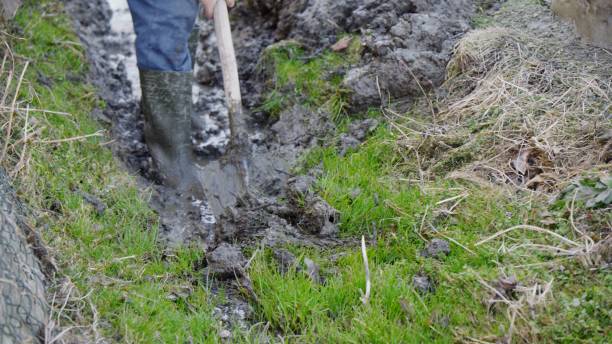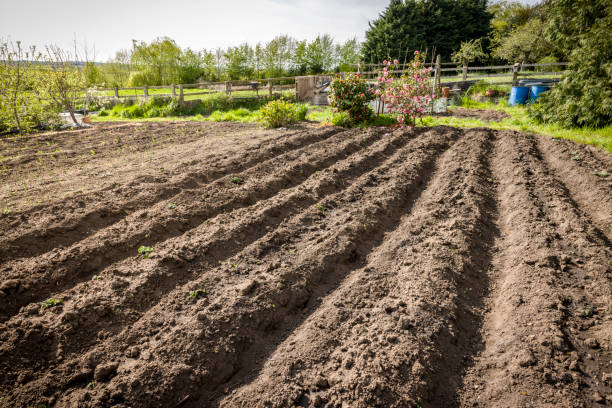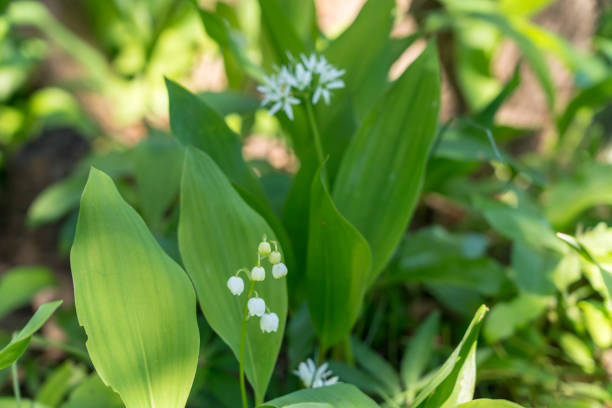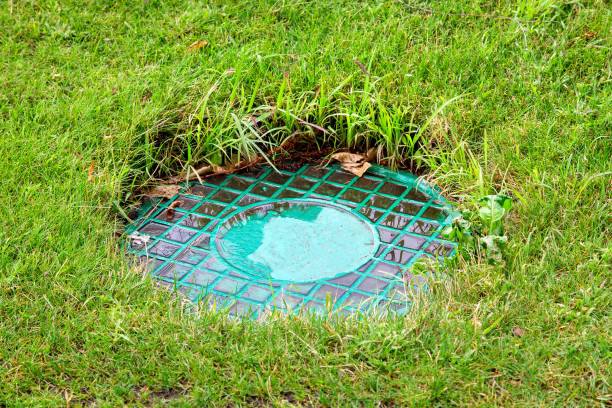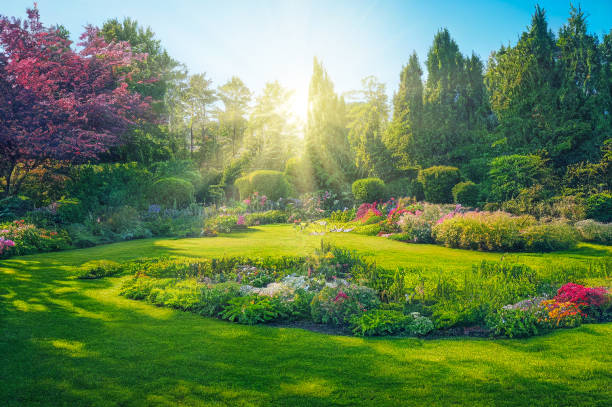How to Measure Square Footage of Yard
The size of your yard plays a significant role in various landscaping and construction projects. Whether you’re planning to install a new patio, create a garden, or build a fence, knowing the exact square footage of your yard is essential. Measuring the square footage allows you to estimate the amount of materials you’ll need, determine the cost of the project, and make accurate plans. In this article, we will guide you through the process of measuring the square footage of your yard.
Step-by-Step Guide for Measuring Square Footage
To measure the square footage of your yard accurately, follow these steps:
Step 1: Determine the Shape of the Yard
First, examine your yard and identify its shape. Yards can be rectangular, square, triangular, or irregular. It’s crucial to determine the shape to choose the appropriate method for measuring.
Step 2: Divide the Yard into Sections
If your yard is complex or irregular in shape, dividing it into smaller sections will make the measurement process more manageable. For example, if you have a rectangular yard with an L-shaped garden bed, treat each section separately.
Step 3: Measure Each Section
Using a measuring tape, measure the length and width of each section. For rectangular or square sections, simply multiply the length and width to obtain the area. If you have triangular or irregular sections, divide them into simpler shapes like rectangles or triangles and calculate the area of each part.
Step 4: Calculate the Total Square Footage
After measuring each section, add up the individual areas to find the total square footage of your yard. Summing up the areas will give you an accurate measurement of the entire yard.
Factors Affecting Accuracy
While measuring the square footage of your yard, several factors can affect the accuracy of your results. Some of these factors include uneven terrain, obstacles like trees or structures, and inaccessible areas. To minimize errors, try to account for these factors and make adjustments accordingly.
Tips for Efficient Measurement
To ensure an efficient measurement process, consider the following tips:
- Use a long measuring tape to cover larger distances.
- Take measurements during daylight to clearly see the boundaries.
- Have a helper to assist with holding the tape or marking points.
- Keep a notebook or record measurements digitally for easy reference.
Common Mistakes to Avoid
When measuring the square footage of your yard, it’s essential to avoid common mistakes that can lead to inaccurate results. Some common mistakes to avoid include:
- Not accounting for irregular shapes or sections.
- Neglecting to measure areas with trees or structures.
- Failing to consider variations in terrain or slopes.
- Incorrectly summing up individual areas.
Benefits of Accurate Measurement
Accurately measuring the square footage of your yard brings several benefits. These include:
- Precise planning and estimation of materials for landscaping or construction projects.
- Better cost control by knowing the exact amount of materials required.
- Optimized layout and design decisions based on accurate measurements.
- Avoidance of unnecessary expenses or wastage due to incorrect estimates.
Conclusion
Measuring the square footage of your yard is a crucial step for any landscaping or construction project. By following the step-by-step guide outlined in this article, you can accurately determine the size of your yard. Remember to consider factors that affect accuracy, avoid common mistakes, and utilize efficient measurement techniques. With precise measurements in hand, you can confidently proceed with your plans and ensure successful outcomes.
FAQs:
Can I use an app or software to measure the square footage of my yard?
Yes, there are various apps and software available that use satellite imagery and other technologies to measure yard areas. However, manual measurements are often more accurate for irregular shapes or areas with obstacles.
What units of measurement should I use for square footage?
Square footage is commonly measured in square feet (sq ft) or square meters (sq m), depending on your region. Ensure consistency in the units throughout your calculations and planning.
Is it necessary to measure the entire yard, including areas with trees or structures?
To obtain the most accurate measurement, it’s recommended to measure the entire yard, including areas with trees or structures. However, if you are not planning any changes in those areas, you can exclude them from your calculations.
Can I estimate the square footage by pacing or counting steps?
Pacing or counting steps can provide a rough estimate of distances but may not be accurate enough for measuring square footage. It’s best to use a measuring tape or other measuring tools for precise results.
Why is it important to measure the square footage of my yard?
Measuring the square footage of your yard helps you plan and execute landscaping or construction projects effectively. It enables you to estimate material quantities, costs, and make informed decisions based on accurate measurements.

